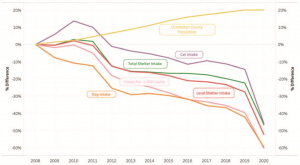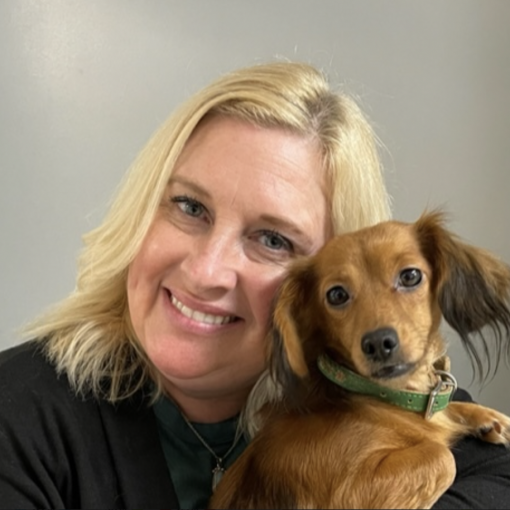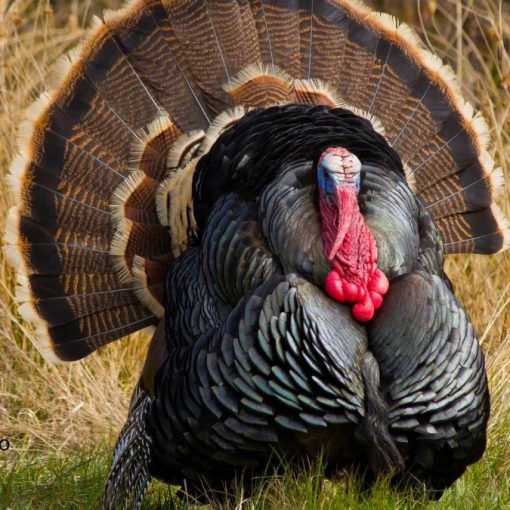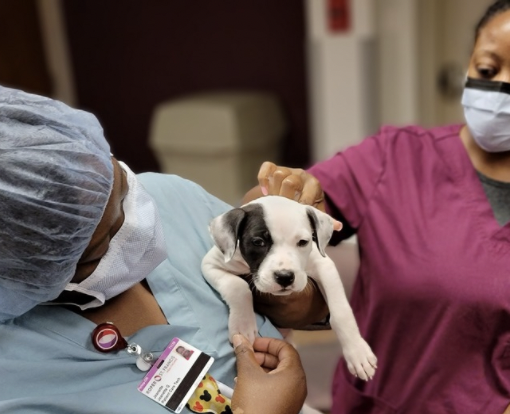Charleston Animal Society Built Southeast’s First No Kill Community in 2013
Community Growth vs. Animal Intake:

CHARLESTON COUNTY REMAINS THE
oldest No Kill Community for dogs and cats in the Southeast.
Charleston Animal Society, which shelters and provides safe harbor for over 90% of the stray, unwanted and homeless animals in Charleston County, launched the No Kill CharlestonSM 3-year project to build the first No Kill Community in the Southeast in 2013. The project achieved its goal in the first year and has now sustained Charleston County as a No Kill Community for 8 consecutive years.
Working in partnership with the American Society for the Prevention of Cruelty to Animals® (ASPCA)® from 2008 through 2012 to implement research-based and data-driven leading practices, the Animal Society significantly increased live release rates from approximately 35% in 2007 to approximately 90% in 2013, but most importantly, was able to save all healthy and treatable animals in that monumental year. “No Kill CharlestonSM became the boldest animal rescue initiative ever successfully undertaken, but more importantly, it demonstrated to doubters across the country that communities in the Deep South, a region with the highest euthanasia rates, could overcome the challenges of building No Kill Communities, stated Joe Elmore, President and CEO of Charleston Animal Society. The Animal Society planned a 10-point strategy to achieve the initiative. Priorities were given to:
- Increasing adoptions with a family- friendly approach.
- Spaying/neutering approximately 75,000 animals with a focus on the most at-risk conditions.
- Fostering of animals each year with advanced medical care.
“One of the remarkable achievements was the decline in dogs and cats relative to the growth in the human population. Dogs and cats, according to the AVMA, increase with an increase in the human population. Instead of seeing an increase in dogs and cats of 12% corresponding to the human population increase, we actually saw upward of a 30% decline in animals during those 8 years, mostly due to our extensive spaying/neutering efforts,” Elmore stated.
“We will be commemorating this and other achievements at our 147th Annual Celebration of Success in March, along with making a major announcement about our lifesaving efforts,” Celebration of Success at CharlestonAnimalSociety.org/Annual-Meeting.





